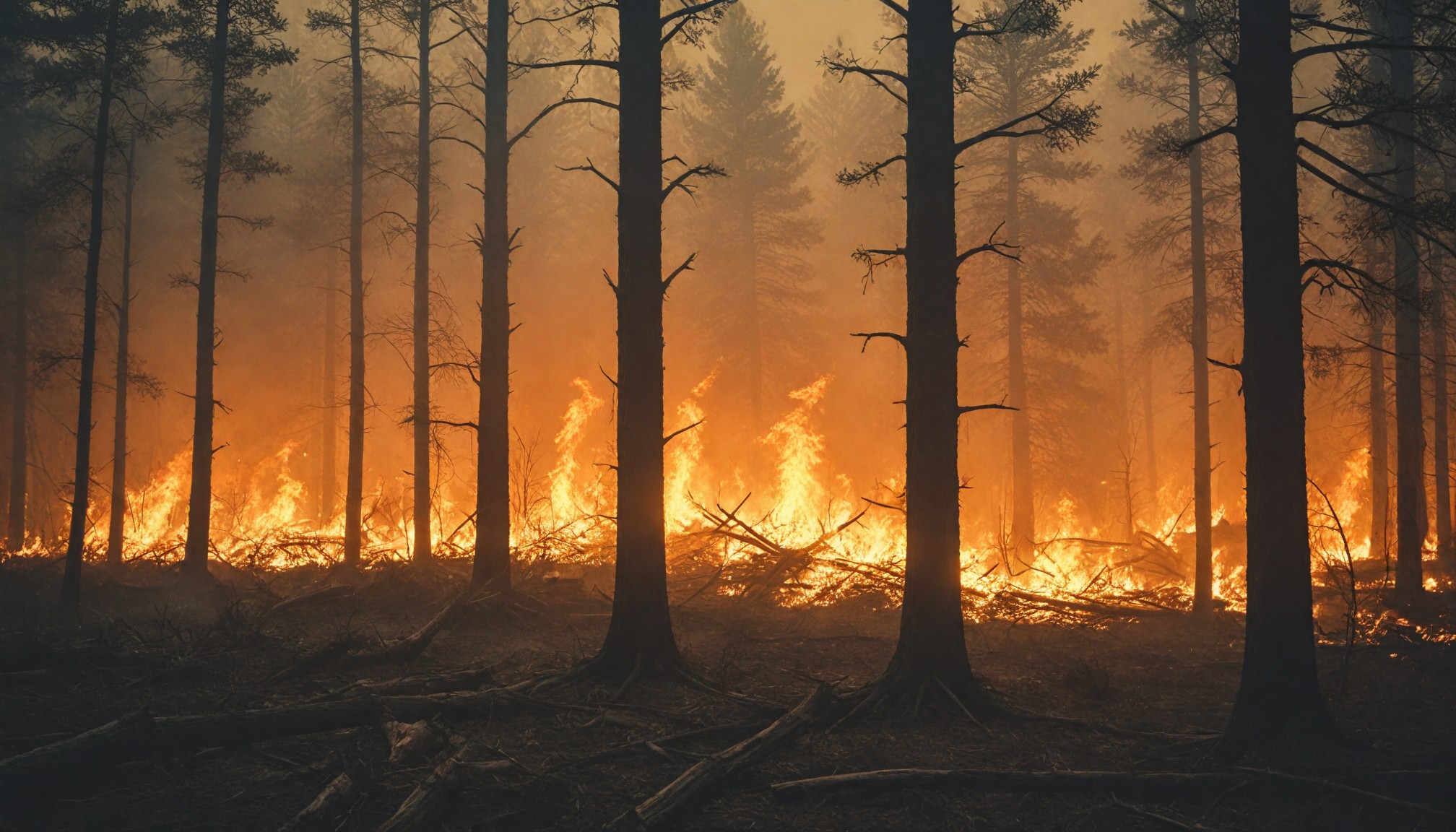
The Growing Threat of Wildfires: How to Protect Communities and the Environment
In recent years, wildfires have become an increasingly alarming issue worldwide, with Canada experiencing one of its worst wildfire seasons in decades. As of this year, over 5.3 million hectares have already been scorched by fires across the country. While this number is still considered preliminary, it marks a troubling trend of escalating fire activity, driven by a combination of above-normal temperatures and widespread drought. Only last year, Canada set a devastating record with nearly 15 million hectares burned—more than three times this year's current total. Outside of last year's unprecedented figures, only three other seasons in the past two decades have exceeded five million hectares, with the most recent occurring in 1995.
Wildfires not only wreak havoc on the environment but also pose severe risks to human life and property. The destruction of homes, infrastructure, and wildlife habitats can take years, if not decades, to recover. Moreover, the release of large amounts of carbon dioxide into the atmosphere exacerbates climate change, creating a vicious cycle where hotter and drier conditions fuel even more intense fires in the future. As wildfires grow in frequency and intensity, understanding the dangers they pose and how we can prevent them becomes ever more critical.
The Dangers of Wildfires
Wildfires can rapidly spiral out of control, consuming forests, grasslands, and urban areas in their path. The smoke produced from these fires has serious health implications, contributing to respiratory problems, heart conditions, and even premature death in vulnerable populations. Entire communities may need to be evacuated, and in extreme cases, people can lose their lives to the rapidly spreading flames.
The environmental toll is staggering. Wildfires decimate ecosystems, kill wildlife, and strip forests of their ability to act as carbon sinks. These damaged areas may take decades to recover, leaving barren landscapes vulnerable to soil erosion and flooding. Additionally, the release of harmful pollutants from wildfires significantly worsens air quality, sometimes spreading toxic fumes thousands of kilometers from the source.
How Can We Prevent Wildfires?
While some wildfires are sparked by natural causes, like lightning, the majority are the result of human activity—making prevention both possible and crucial. Here are several key steps individuals, governments, and industries can take to reduce the risk of wildfire outbreaks:
- Practice Responsible Land Management
Land management practices, such as controlled burns and creating firebreaks, can help limit the spread of wildfires. Proper forest management, including clearing dead trees and vegetation, ensures that dry and flammable materials don’t accumulate, which can fuel more intense fires. - Reduce Human-Caused Fires
Human negligence is one of the leading causes of wildfires. Campfires, discarded cigarettes, and unattended flames can quickly ignite dry vegetation, especially during drought conditions. Simple precautions, like never leaving a campfire unattended and ensuring cigarettes are fully extinguished, can prevent the accidental sparking of wildfires. - Invest in Early Detection and Response Systems
Governments should prioritize the development of advanced detection and monitoring systems that use satellites, drones, and sensors to track fire activity in real-time. This allows for quicker response times, improving the ability to contain fires before they grow out of control. - Support Sustainable Development
Climate change is a significant factor driving more severe wildfire seasons. By reducing our dependence on fossil fuels, investing in renewable energy, and minimizing greenhouse gas emissions, we can help mitigate the long-term environmental conditions that create ideal conditions for wildfires. - Raise Public Awareness
Public education campaigns can increase awareness about the dangers of wildfires and the precautions everyone should take to prevent them. Encouraging communities to develop fire evacuation plans and establishing clear guidelines for outdoor activities during fire-prone seasons can significantly reduce the risk of human-caused fires.
Conclusion
As wildfires continue to threaten ecosystems and human life, proactive measures are essential to curbing their impact. By embracing responsible land management, reducing human negligence, and addressing the root causes of climate change, we can protect both our communities and the natural environment from the devastating consequences of wildfires.
Recent articles from News

The Growing Threat of Wildfires: How to Protect Communities and the Environment
In recent years, wildfires have become an increasingly alarming issue worldwide, with Canada experiencing one of its worst wildfire seasons in decades. As of this year, over 5.3 million hectares...